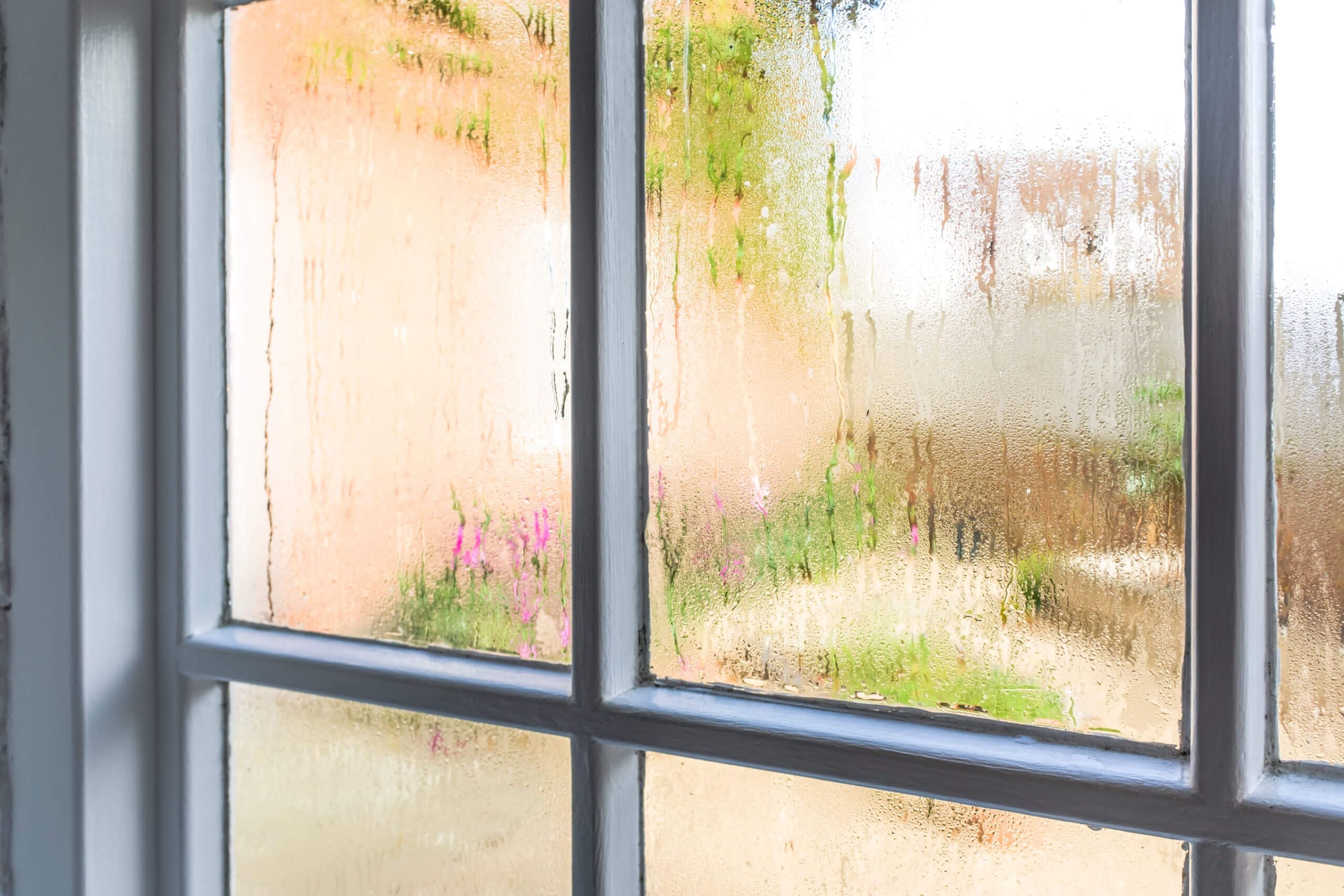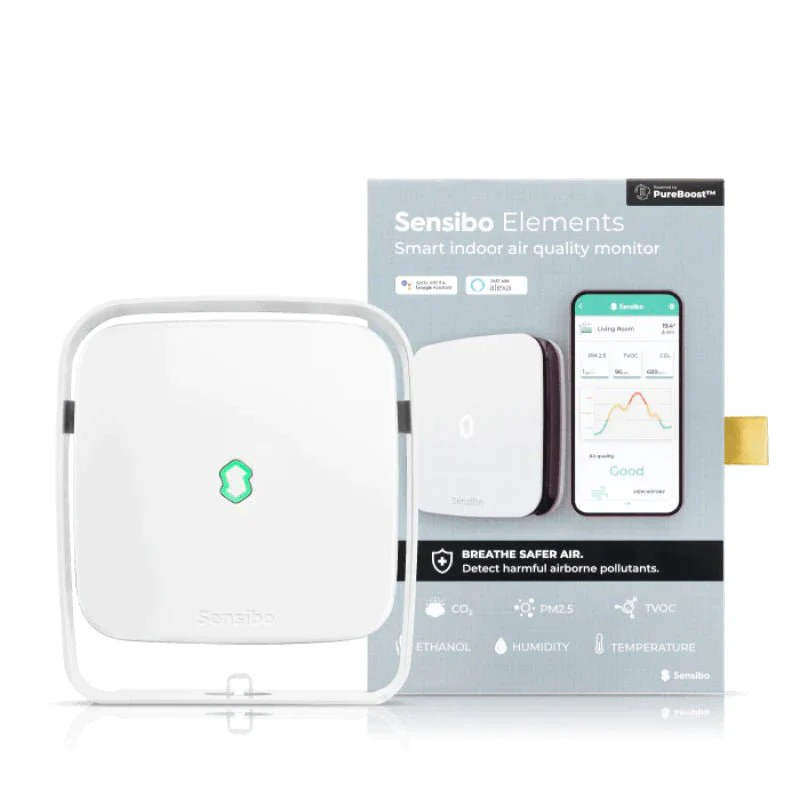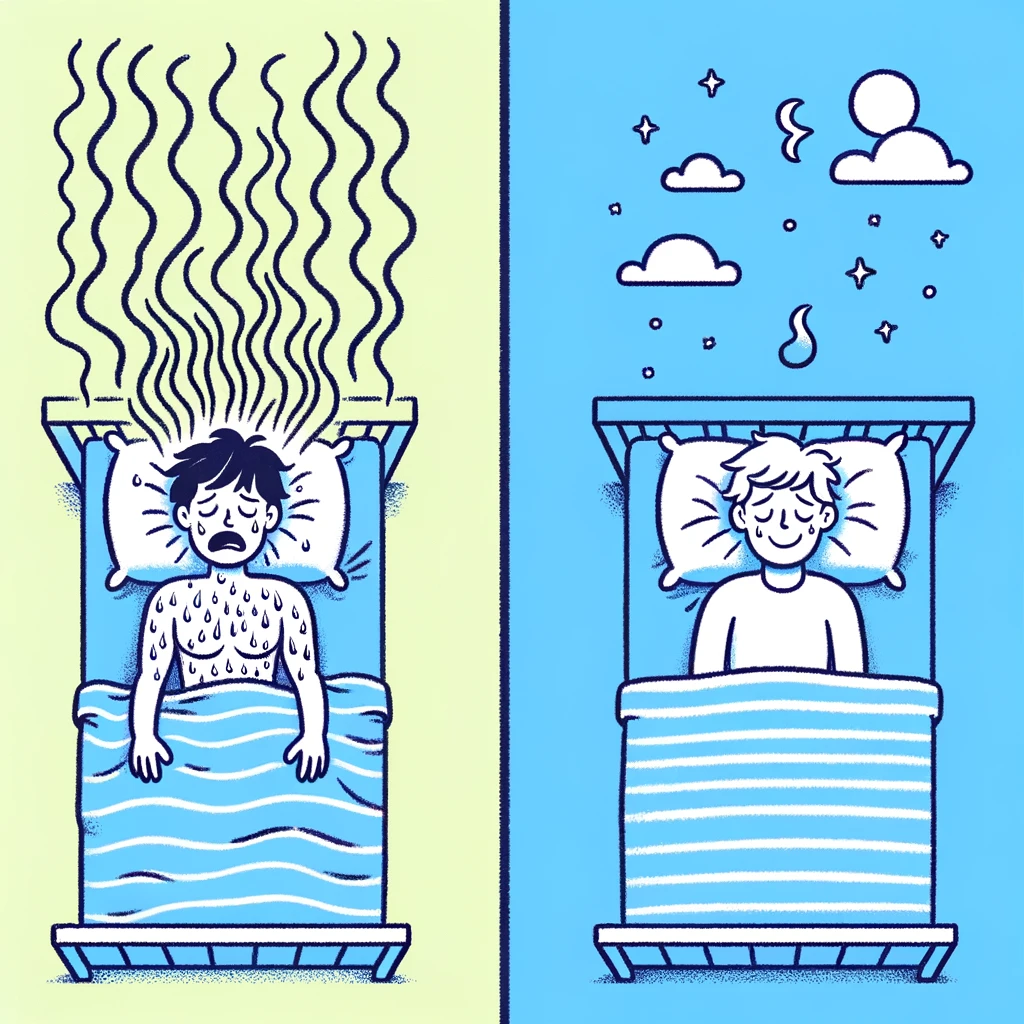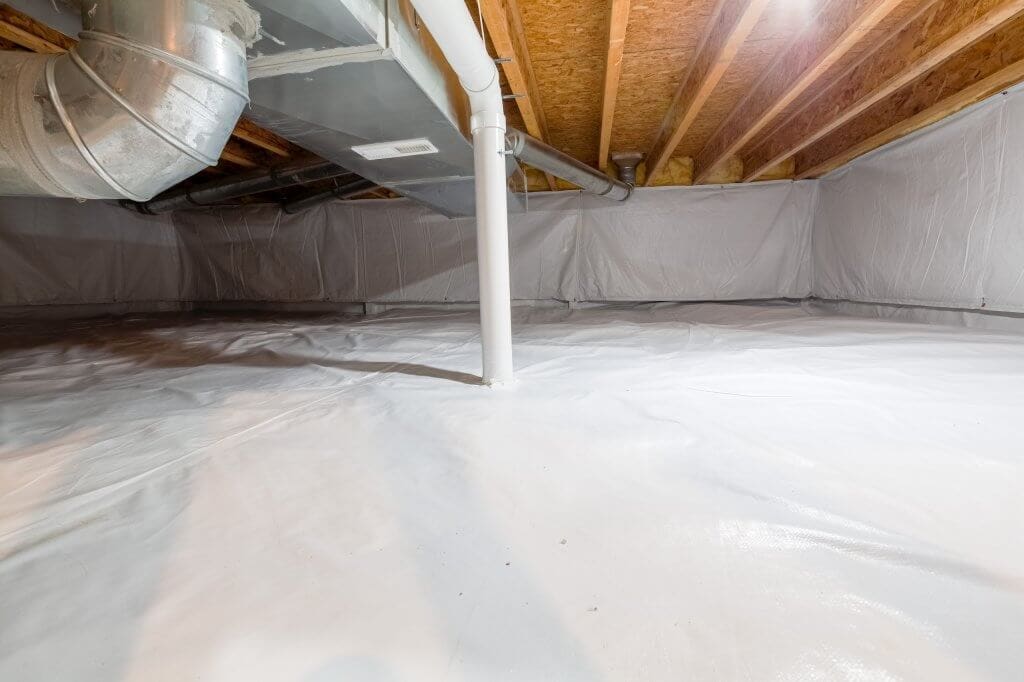Considering how much you have to think about as a homeowner, monitoring home humidity levels is likely at the end of the list. Things like utility bills and energy efficiency might be top-of-mind home quality issues. While we agree, there are still many reasons you shouldn’t ignore your home’s humidity level either!
Too low or too high indoor humidity levels can cause many long-term health and safety issues. Read on to learn about the importance of indoor humidity and why you should monitor your home’s levels.
Two Types of Humidity
There are two types of humidity to know to gauge and understand proper humidity levels in living spaces.
1. Absolute Humidity
Absolute humidity is defined as the total amount of water vapor in the air. If the amount of water vapor is high, then the absolute humidity is high.
2. Relative Humidity
In comparison, relative humidity is the percentage of water vapor in the air considering the temperature. As in, the relative humidity measurement depends on how much water vapor can be in the air at that specific temperature. It takes into account how much moisture the space can hold.
These two humidity types are important to know when gauging home humidity levels. An easy way to think about it: absolute humidity is how it feels outside, and relative humidity is the level inside your temperature-controlled home.
Signs of Abnormal Humidity Levels
There are a couple of key symptoms to pay attention to that signal indoor humidity problems. Physical symptoms like itchy eyes and dry skin are good indicators of low humidity levels. Whereas symptoms like trouble breathing, frequent headaches and problems sleeping are indicators of high humidity.
Low Humidity Issues
If your home’s humidity level is low, you may have certain home integrity issues. Without enough moisture in the air, wood becomes brittle. In fact, that’s why low humidity levels can cause hardwood floors to crack and split. Low levels can also damage your expensive wooden furniture and priceless antique pieces.
If your home’s relative humidity level remains low, the wallpaper will peel and beloved houseplants will die. Another low humidity issue is increased static electricity. Have you been zapped frequently when touching metal fixtures? This increased static electricity can actually damage electrical appliances.
High Humidity Issues
When discussing the ideal humidity level in home spaces, high humidity is often thought to be the most pressing issue. That’s because house problems are easier to see.
High humidity facilitates mold and mildew growth. Black spots on walls and behind furniture are ugly and dangerous. High humidity can cause permanent damage to your upholstered furniture. Elevated humidity levels can also degrade plaster and stucco materials to degrade and crumble, and rot wooden floors and furniture.
Even costlier, high humidity issues damage the integrity of your home’s walls and foundation. High indoor relative humidity actually expands and contracts the walls of your home, which can lead to big cracks.
Health Impact
If your home or space’s humidity level doesn’t fall within the ideal range, you can experience many potential adverse health effects. Whether high or low, humidity is a huge health factor.
Low Humidity
Low indoor relative humidity levels can create and exacerbate respiratory issues. Reduced humidity inflames conditions like asthma and chronic bronchitis. It also causes cracked skin, chapped lips, nose bleeds and itchy eyes. More seriously, viruse survive for longer periods of time in drier air.
High Humidity
High relative humidity levels also have dire health effects. Increased levels can increase bacteria and mold particles because they thrive in humid settings. Biological pollutants like these cause harmful respiratory issues and can lead to dangerous disease spread. Such pathogens spread quickly in high relative humidity.
 Airborne Infection: Indoor humidity regulation creates healthier spaces. Home humidity control can even help lower virus transmission indoors →
Airborne Infection: Indoor humidity regulation creates healthier spaces. Home humidity control can even help lower virus transmission indoors →Other harmful pollutants like dust mites also spread easily in high humidity levels. Dust mites thrive specifically in bedding, carpets and furniture. They multiply in a rapid fashion and can cause respiratory issues and rashes.
Ideal Humidity Range for Homes
To monitor home humidity levels, it’s important to keep in mind the ideal indoor relative humidity range of 40–60%. This sweet spot allows for the right amount of moisture in the home to protect against structural damage. It also makes it harder for infection, dust mites and mold spores to spread.
Changing seasons often makes maintaining healthy humidity levels a challenge. Humidity levels in the winter are lower than normal, while in the summer, humidity tends to run high. This is of course also dependent on location and your specific climate region.
Though there are many temporary home remedies to combat both low and high humidity levels, whole-home in-duct solutions offer a better long-term plan. Consulting an HVAC technician to install a central air monitor, whole-home humidifier or whole-home dehumidifier is the best route to maintain indoor humidity levels year-round. After all, these products help monitor home humidity levels.
The benefit of choosing a whole-home dehumidifier or humidifier is that they work with your home’s existing system. This means you’ll see humidity and air quality improvements with a low-maintenance and low-worry upgrade. Whole-home humidity control systems have built-in humidistats that are constantly monitoring home levels and can automatically adjust to the ideal range before you notice a problem.
Fix Home Humidity Levels
Home humidity levels that are too high or too low harm your, your family’s and your home’s health. Not only can abnormal levels cause long-term health issues, but they also degrade the structural integrity of your house.
You have a lot to worry about as a homeowner, don’t let humidity levels be one of them. IAQ upgrades help monitor home humidity levels with ease. Contact us today to find out which system will work best for your home.





